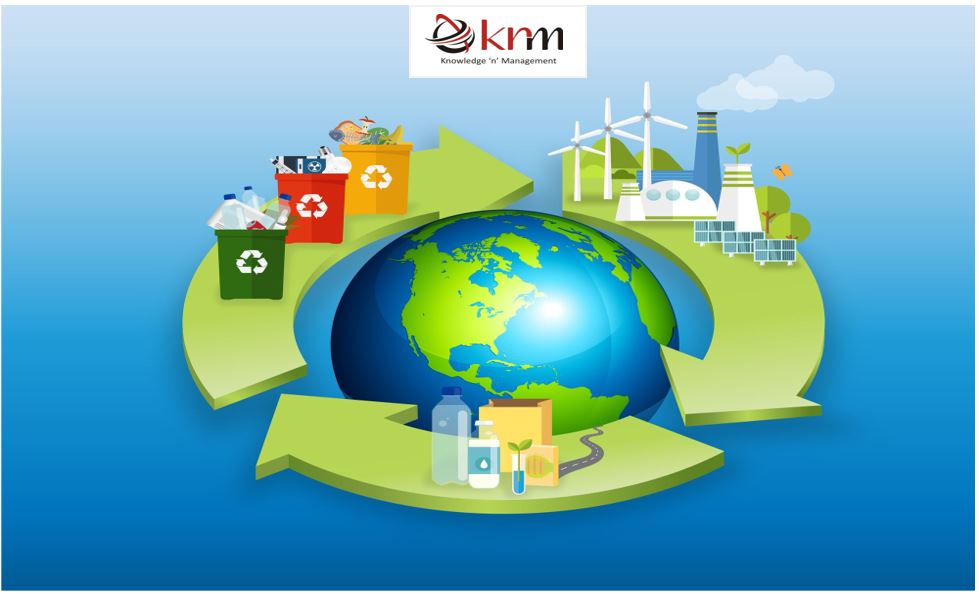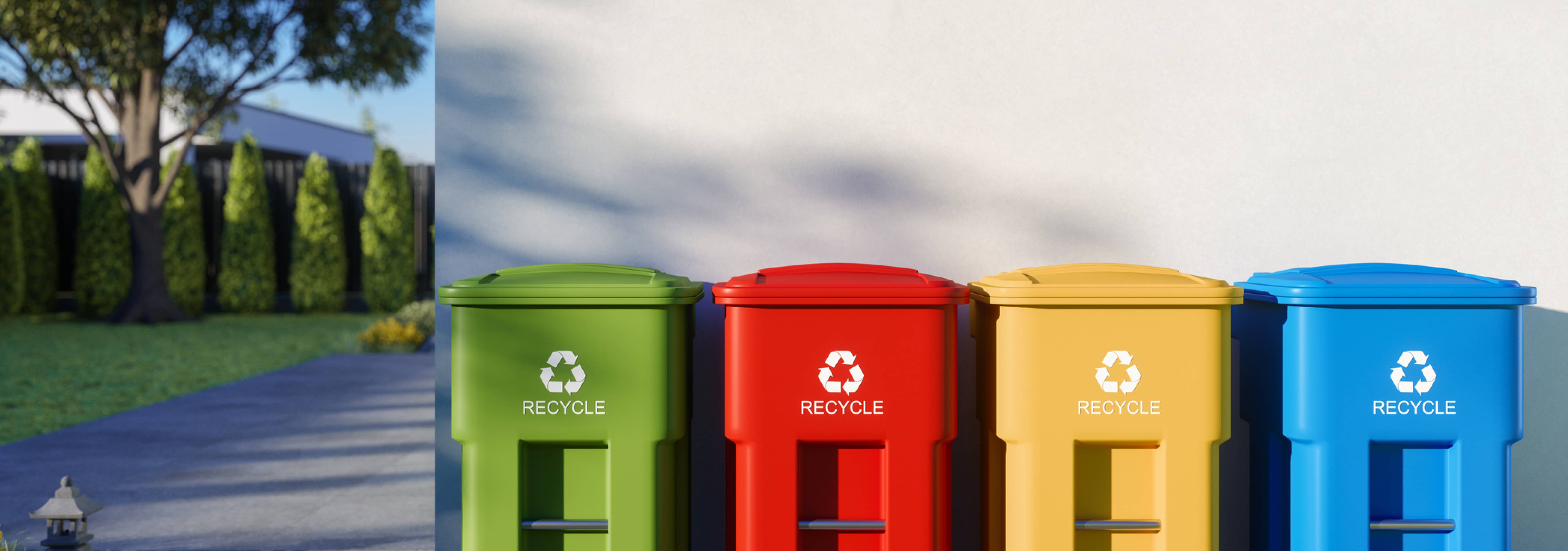The Effect of Recycling Lives Services on Communities and the Atmosphere
The Effect of Recycling Lives Services on Communities and the Atmosphere
Blog Article
Discovering Various Sorts Of Waste in Modern Waste Administration Equipment
The contemporary landscape of waste management includes browsing a complicated variety of waste types, each calling for specialized handling and disposal techniques to alleviate environmental impacts. Metropolitan solid waste, dangerous waste, electronic waste, and natural waste each present distinct difficulties and chances for source healing.
Community Strong Waste
Local solid waste, typically referred to as house garbage or rubbish, includes a variety of thrown out materials generated by property, industrial, and institutional resources within a municipality. This waste stream generally includes items such as product packaging, food scraps, yard trimmings, paper, plastics, fabrics, and disposed of home items. The administration of community solid waste is an important part of metropolitan planning and public wellness, requiring effective collection, transportation, and disposal systems.
Reliable waste management systems are created to minimize environmental influence while making the most of source recovery. This usually entails a combination of approaches including composting, landfilling, and recycling. Reusing programs target products like paper, glass, metals, and specific plastics, diverting them from land fills and reintroducing them into the manufacturing cycle. Composting organic waste, such as food scraps and lawn trimmings, not only minimizes garbage dump use but likewise generates valuable soil changes.
Communities must likewise deal with the logistical and financial challenges related to waste management. Carrying out pay-as-you-throw systems, enhancing public understanding, and buying innovation can significantly enhance waste diversion rates. By integrating these practices, municipalities can foster sustainable areas, lower greenhouse gas exhausts, and save natural deposits.
Contaminated Materials

Effective contaminated materials monitoring includes several critical steps: recognition, disposal, treatment, and partition. Recognition entails the category of waste based on its dangerous residential or commercial properties. Partition makes certain that dangerous materials are stored independently from non-hazardous waste to stop cross-contamination. Therapy techniques, such as chemical neutralization, incineration, and stablizing, are employed to minimize the poisoning, quantity, or wheelchair of the waste. Ultimately, disposal options, consisting of secure landfills and underground storage, are selected to guarantee long-lasting control.
Regulatory structures, such as the Source Conservation and Healing Act (RCRA) in the United States, provide standards and requirements for contaminated materials administration. Adherence to these policies, coupled with advancements in waste therapy technologies, is vital in reducing the threats linked with dangerous waste.
Electronic Waste
Electronic waste, typically described as e-waste, represents a rapidly growing obstacle in waste administration systems globally. This sort of waste incorporates disposed of electronic gadgets and tools such as smart devices, computer systems, tvs, and other electronic devices. The quick rate of technical innovation, coupled with lowering item life expectancies and consumer need for the most up to date tools, has tremendously increased the quantity of e-waste created annually.
E-waste is particularly troublesome due to its intricate composition, often having unsafe compounds like mercury, lead, and cadmium, which posture significant environmental and health and wellness risks otherwise properly managed. On the other hand, e-waste also has important products such as silver, gold, and copper, which can be recuperated and recycled. The twin nature of e-waste-- both important and harmful-- necessitates customized handling, reusing, and disposal processes.
Effective e-waste management entails strict regulative structures, durable collection systems, and progressed reusing innovations. Public recognition and participation are important, as incorrect disposal methods, such as illegal unloading and casual recycling, aggravate ecological contamination and health dangers. Consequently, enhancing e-waste management techniques is crucial for alleviating eco-friendly influence and recouping beneficial sources in an increasingly digital world.

Organic Waste
Organic waste, consisting of kitchen scraps, yard trimmings, and farming residues, represents a substantial part of the international waste stream. This type of waste is eco-friendly, indicating it can be broken down by bacteria into simpler organic substances. In spite of its possibility for natural decomposition, inappropriate administration of natural waste can lead to negative environmental impacts, including the exhaust of greenhouse gases such as methane, which add to climate adjustment.
Reliable management of organic waste is essential for lessening these environmental influences (recycling lives services). Composting is a widely embraced approach, changing organic waste right into nutrient-rich compost that can improve dirt wellness and agricultural efficiency. In addition, anaerobic digestion is an emerging innovation that transforms organic waste right into biogas, a sustainable power resource, and digestate, which can be used as fertilizer
Municipalities and waste administration entities should implement robust organic waste collection and treatment programs to make best use of the benefits of these processes. Public education projects can likewise play a crucial role in motivating homes and services to separate organic waste from other sorts of waste. By prioritizing the administration of natural waste, societies can minimize garbage dump usage, reduced greenhouse gas exhausts, and develop useful results for farming use.

Ingenious Waste Management
In the world of waste administration, ingenious techniques are transforming just how cultures handle their refuse, aiming for sustainability and efficiency. One noticeable innovation is the execution of clever waste containers geared up click for source with sensors that check fill degrees and enhance collection routes.
Another notable growth is the adoption of waste-to-energy (WtE) innovations. By converting non-recyclable waste right into useful energy through processes such as incineration and anaerobic digestion, WtE reduces land fill concern and offers a renewable resource source. Furthermore, developments in chemical reusing enable the breakdown of intricate plastics right into their original monomers, enabling the creation of brand-new, premium plastic products.
In addition, the circular economic situation design is getting traction, highlighting the layout of products and systems that focus on reusability and source performance. This alternative approach motivates sectors to minimize waste generation from the beginning. useful content With these innovative methods, modern waste administration systems are not just dealing with the immediate difficulties of garbage disposal yet also leading the way for a much more lasting future.
Verdict
A detailed understanding of metropolitan solid waste, unsafe waste, electronic waste, and organic waste, combined with the application of ingenious waste administration remedies, is crucial for mitigating environmental impacts. Integrating technologies such as smart waste containers and waste-to-energy systems can boost efficiency and sustainability. Reliable waste monitoring approaches not just foster source recuperation however additionally advertise public recognition and engagement, inevitably adding to the advancement of a round economy.
The contemporary landscape of waste administration entails browsing a complicated array of waste kinds, each calling for specialized handling and disposal methods to mitigate ecological impacts. Municipal solid waste, dangerous waste, electronic waste, and organic waste each present distinctive difficulties and possibilities for source healing.Electronic waste, commonly referred to as e-waste, stands for a quickly growing challenge in waste management systems great site globally. Via these cutting-edge strategies, contemporary waste management systems are not just resolving the instant difficulties of waste disposal but likewise paving the way for an extra sustainable future.
A comprehensive understanding of municipal solid waste, hazardous waste, digital waste, and organic waste, paired with the application of innovative waste management options, is imperative for minimizing ecological impacts. (recycling lives services)
Report this page